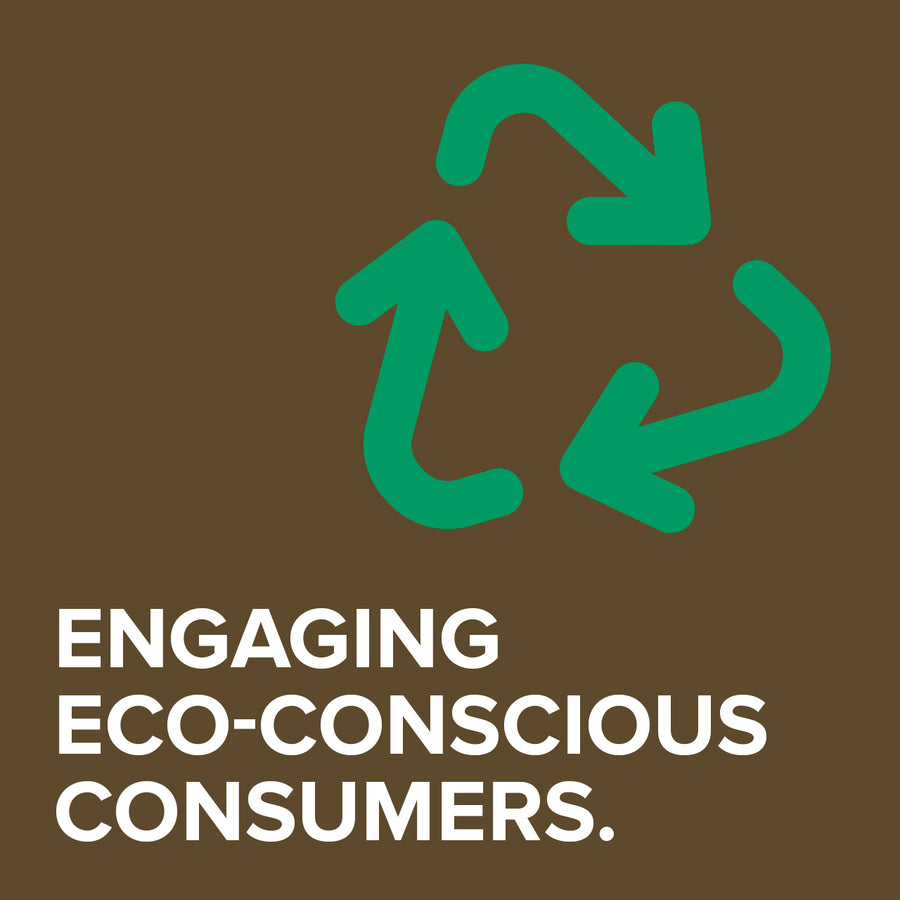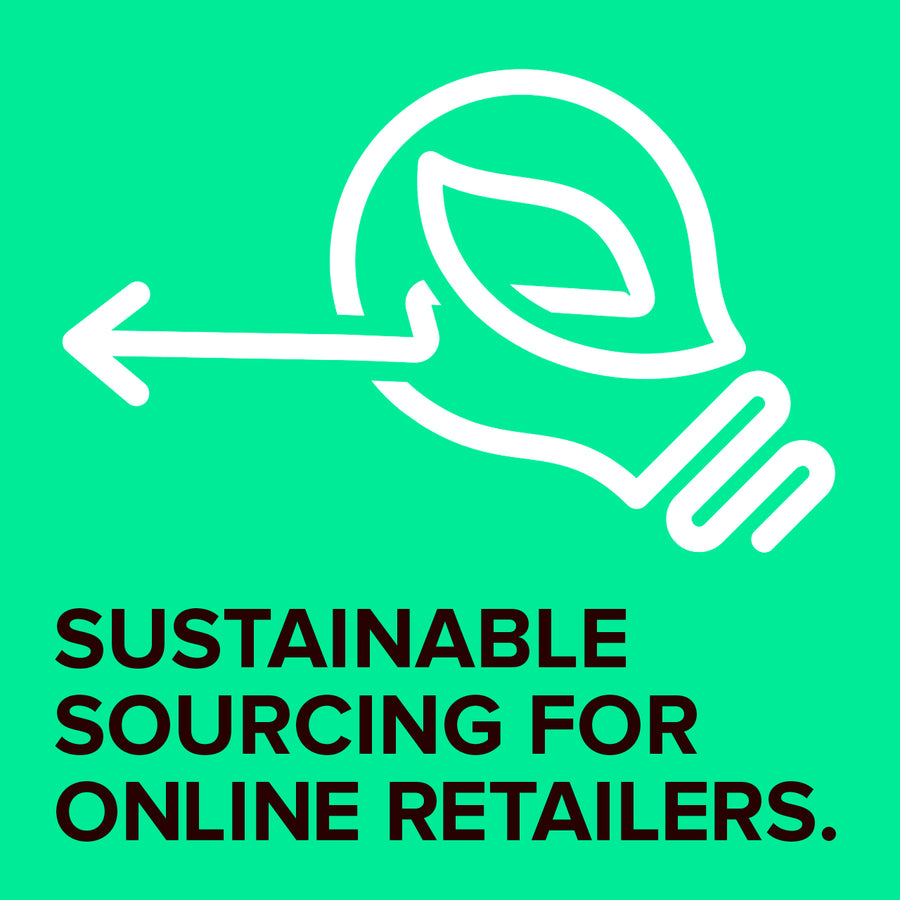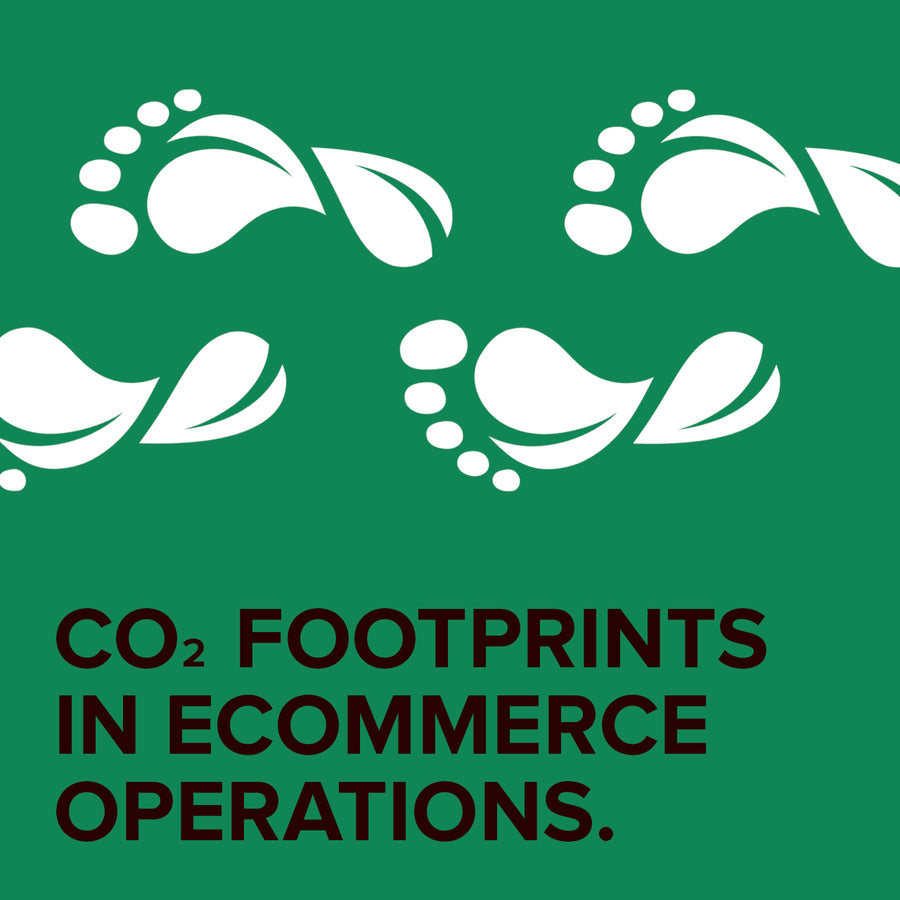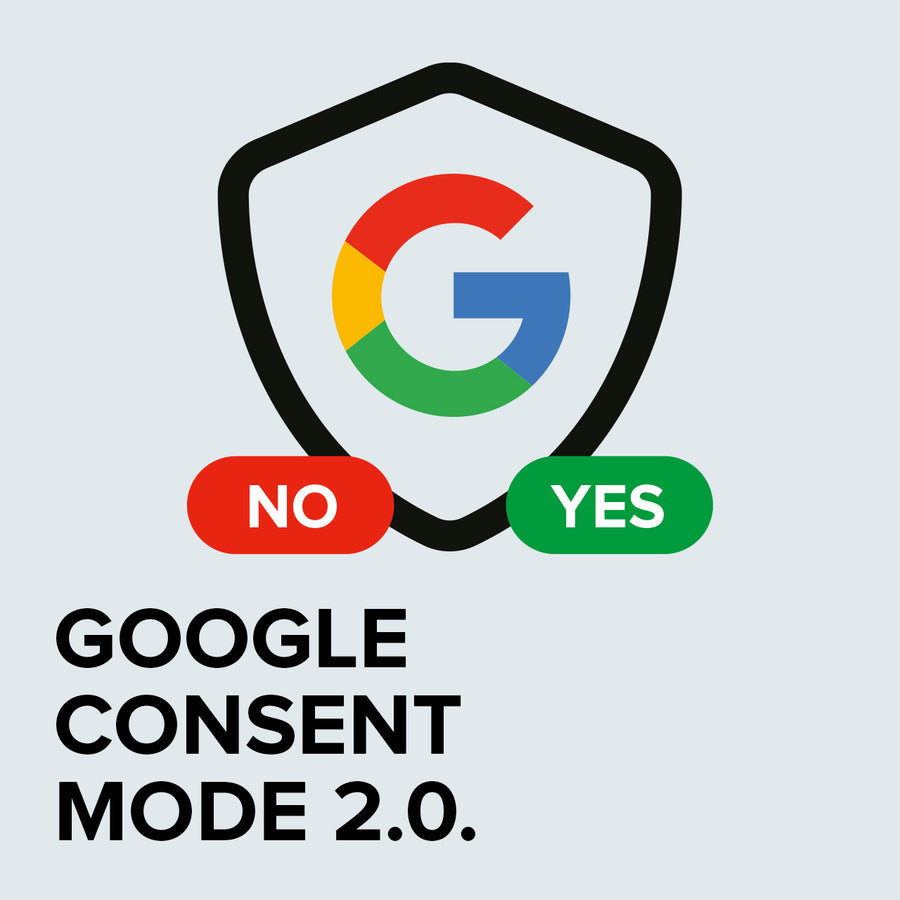
However, if best practice foundations are not laid, you could find your website doesn’t perform as well as it should
SEO can sometimes be a complicated and technical process. However, if best practice foundations are not laid, you could find your website doesn’t perform as well as it should.
Search engines such as Google, often alter the rules as to what ranks as good and bad practice, so it helps to stay well-informed. Google recently removed sponsored ads from the right-hand column and added a 4th advertising space at the top of the SERP (Search Engine Results Page). This will push organic (non-paid) positions further down the page. So, take a look at the fundamentals of website SEO, which we’ve outlined below…
1. Keyword research
Keyword research is based on search volume and levels of competition. Researching your industry’s main keywords enables you to target phrases and words with SEO. Website content, blogs and Meta data all need to contain your business keywords. But remember with keywords, less is often more. Stuffing your content can have a negative effect on your ranking.
2. Meta
Every page on your website needs to be unique. Meta sits behind the scenes so it can often be overlooked, but creating titles and informative descriptions with the correct character count and wording will have a positive effect on your website rankings and click-throughs.
3. Content
New content through news articles and blogs will drive traffic to your website. Make it relevant, interesting and helpful to the reader and you will build a social following. [Content is King] but remember, good content rules. Add keywords and you’ll reach a wider audience who are searching for the very things you’re writing about.
4. Page layout
Search engines consider page layouts and navigation when ranking websites, so when populating your site with new copy, you should follow correct format. It’s important to make sure you place content in the correct order on a web page, from H1s and H2s to paragraphs.
5. Site speed
Site speed can be a technical task but conquering the basics can help your page ranking. To help increase page speed optimise your images to the correct file size, making sure you don’t affect the quality.
6. Alt tags
Search engines can’t see images, so before uploading them your website, add an alt tag. Just make sure your alternate description is relevant to the image and not overstuffed with keywords. Alt tags strengthen the message towards search engines and improve the accessibility of your website. Not all website users can see images, with some visitors to your site possibly using screen readers which reads the page out loud, reading the alt text instead of the image. Also if a user has images ‘turned off’ because they use a very slow internet connection then they will see the alt text instead of the image.
7. Link building
Acquiring inbound links to your website should be the main focus of your SEO strategy. Certain SEO tools will allow you to track your competitor link building activity, helping you find previously undiscovered avenues to approach for website and business growth.
SEO isn’t always a straightforward task, but by investigating these 7 steps you should start to see a positive change to your search engine ranking.
INSIGHTS
CASE STUDIES

Coffee Central
Discover how Coffee Central streamlined their ordering and service process with a custom web app. Learn how it simplifies reordering, speeds up service requests, and boosts customer satisfaction.
-
App -
-
Magento

Floor Giants
Discover how Absolute helped Floor Giants boost customer engagement and streamline their Magento store. Learn about the key features that made the difference.
-
Magento
Are you excited to get your next project up and running? Or are you unsure what is dragging you down?







